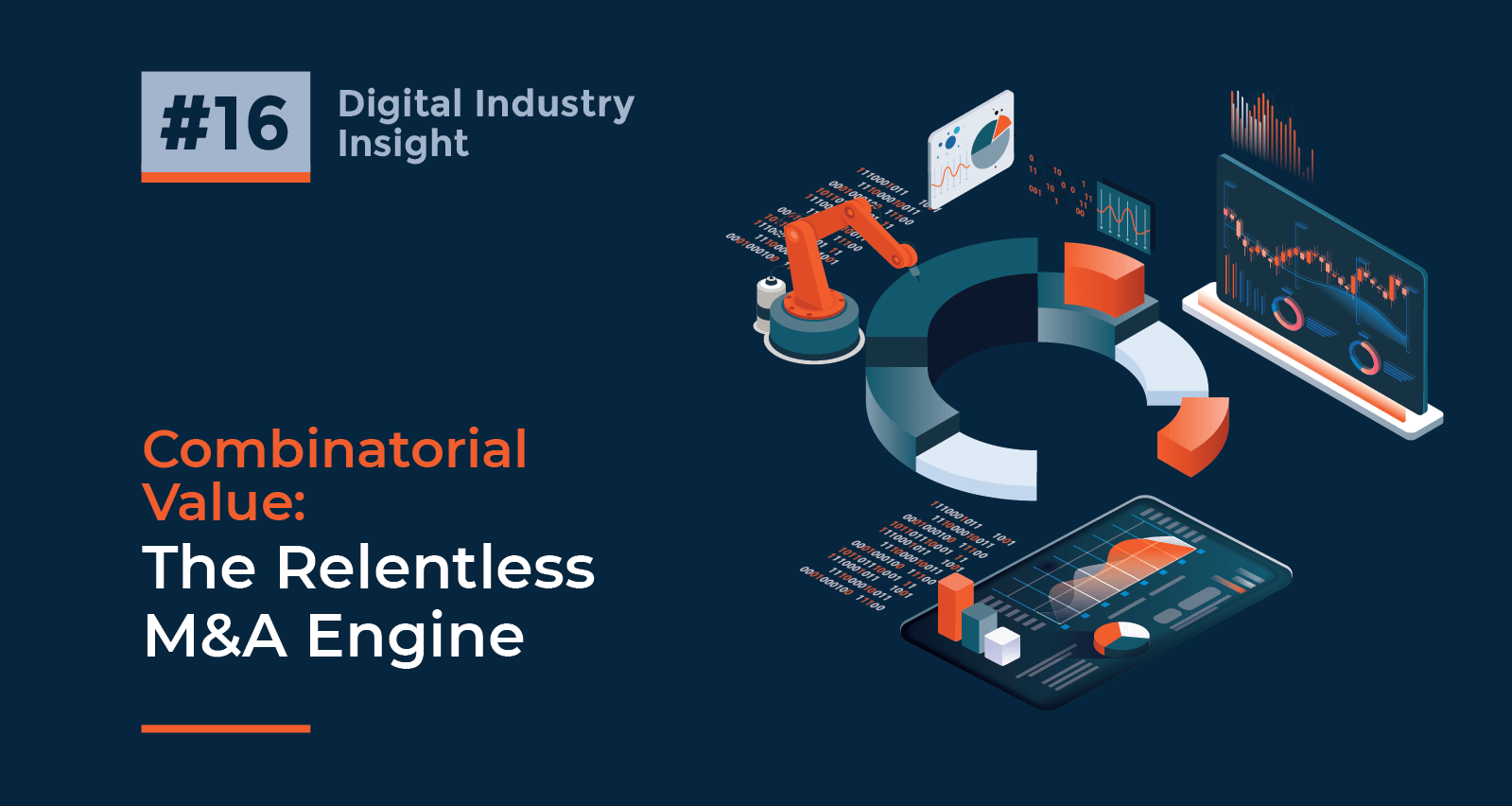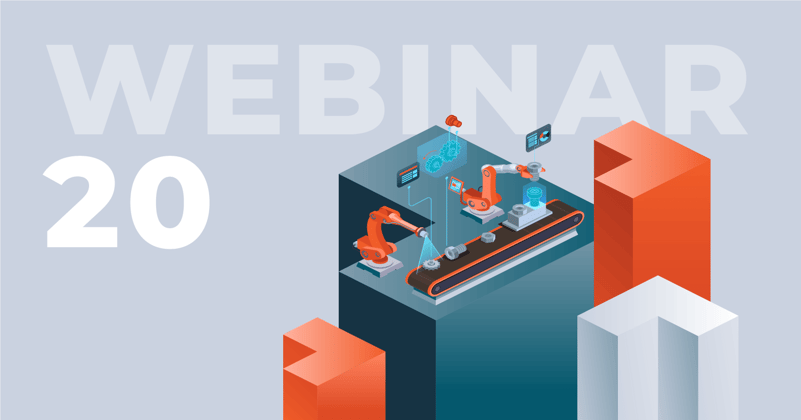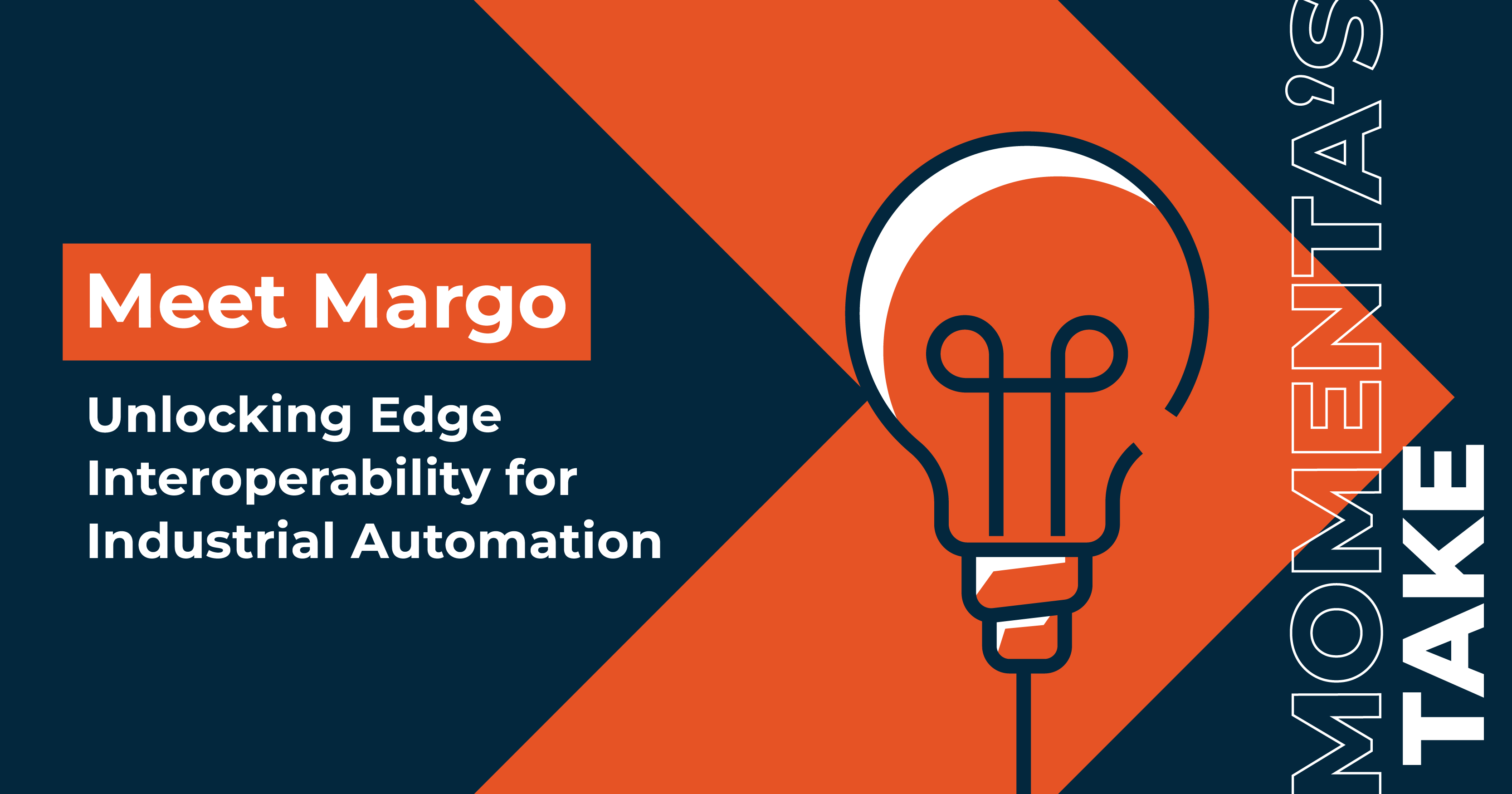Digital Industry Insight #16
Combinatorial Value: The Relentless M&A Engine
Doug Harp

As technology continues to gain a growing share of the worldwide economy, and as companies seek to embrace the Digital Business, Mergers and Acquisitions are an invaluable strategic tool to drive growth for companies, and the evolution of entire industries.
The tech M&A environment remains robust into the Coronavirus-related slowdown: according to 451 Research, February 2020 M&A spending on tech and telecom rose to $42bn, a 40% increase from January. The increase in tech M&A spending contrasts with the sharp declines in assets in almost every other market; the US equity market saw the biggest declines and greatest since the Credit Crisis of 2008 beginning in the last week of February. The decade-long bull run in the markets has helped sustain active corporate spending on M&A.
According to Statista, the total number of tech M&A transactions has remained relatively stable for the past 15 years. In good times and bad, businesses need to acquire to address different strategic needs; expanding their businesses into adjacencies, consolidating competitors, adding incremental talent or product capabilities, or pivoting a company from a legacy business into a higher growth area.
Total number of technology industry mergers and acquisitions (M&A) worldwide from 2004 to 2019

For industrial companies accustomed to single-digit growth, the future depends on identifying and capitalizing on additional ways to drive growth, and much of this will need to come through M&A to enable Digital Business. The core competencies around operational technologies do not automatically extrapolate to IT, hence acquisitions remain one of the best ways to gain talent and expertise that enable expansion into adjacencies and enhanced business models. Estimates from Bain & Company project that revenues from the Industrial segment of IoT are expected to growth at a 20% CAGR to $200 billion by 2021. Leading firms like Rockwell, Siemens, Schneider Electric, Honeywell, Bosch, and Hitachi spent billions of dollars on M&A between 2010-2018, with the predominant share of investments focused on software.
What are the risks of staying put?
There are legions of examples of companies that have seen their businesses disrupted because of how digital business reshapes customer buying behavior. In tech, a primary example is the success of Amazon Web Services, whose pay-as-you-go compute services eviscerated the margins of leading server vendors including Sun/Oracle, HP, Dell, and IBM. Kodak failed to capitalize on its digital photography innovations early on and ultimately filed for bankruptcy. Legions of bricks-and-mortar retailers are failing as shoppers migrate to online commerce. The recorded music industry failed to anticipate the impact of digitization of musical content; in 1998 at the height of the CD boom, the industry saw $18 billion in revenues, which fell to $6 billion by 2014 – and revenues only began growing again once streaming took hold. For companies with diversified product lines and large customer bases, it’s not so easy to embrace new technologies.
Digital Business Changes the Economics of Risk
One of the big challenges for traditional industries is reckoning with the distinctly greater economic risk as technology impacts the value chain. Digital businesses reduce the kinds of market frictions that previously allowed companies to maintain pricing power, account control and ultimately margins. Digital enables customers to unbundle products and services and buy just what they need – consuming only the storage and compute they need from AWS or Azure for instance, rather than buying servers and storage. Distribution can also disintermediate middlemen, such as distributors and brokers, providing choice and transparent prices. According to an analysis by McKinsey, digital competition is capable of siphoning off 40% of incumbents’ revenue growth and 25% of EBIT growth as a result of price cutting or increase investment in innovation to defend market share. Only 8% of companies believe that their existing strategies will be able to sustain the disruption of digital business.
Going Organic Takes Time – M&A Hits the Accelerator
There’s a key dynamic in technology that’s a double-edged sword for businesses – the consistently declining costs in compute, storage and bandwidth. On one hand, the cost curves enable companies to embrace increasingly powerful technologies, lowering the financial burden of innovative investments. On the other hand, these cost benefits are available to competitors and new entrants of all sizes. Those companies that move more quickly are able to capitalize on new market opportunities, create competitive barriers to entry, and drive synergies across existing businesses and partners. The challenge for many firms in traditional industries is that technology expertise is rapidly moving, highly valued, and dynamic. The time, effort, expense, and vision needed to successfully launch digital business initiatives is not always the best path to success in a fast-moving environment. Consequently, M&A is a proven way to successfully leapfrog experience curves and gain rapid advantages of expertise in new markets.

Whant more information on how to define and implement your M&A strategy? Join us for our webinar on Thursday, May 14th as our panel of experts brings some clarity to the chaos:
Digital Industry M&A
Bringing Clarity to Chaos

Unlock the Power of Digital - Momenta Partners encompasses leading Strategic Advisory, Talent, and Venture practices for Digital Industry. Learn more about our three practices.





